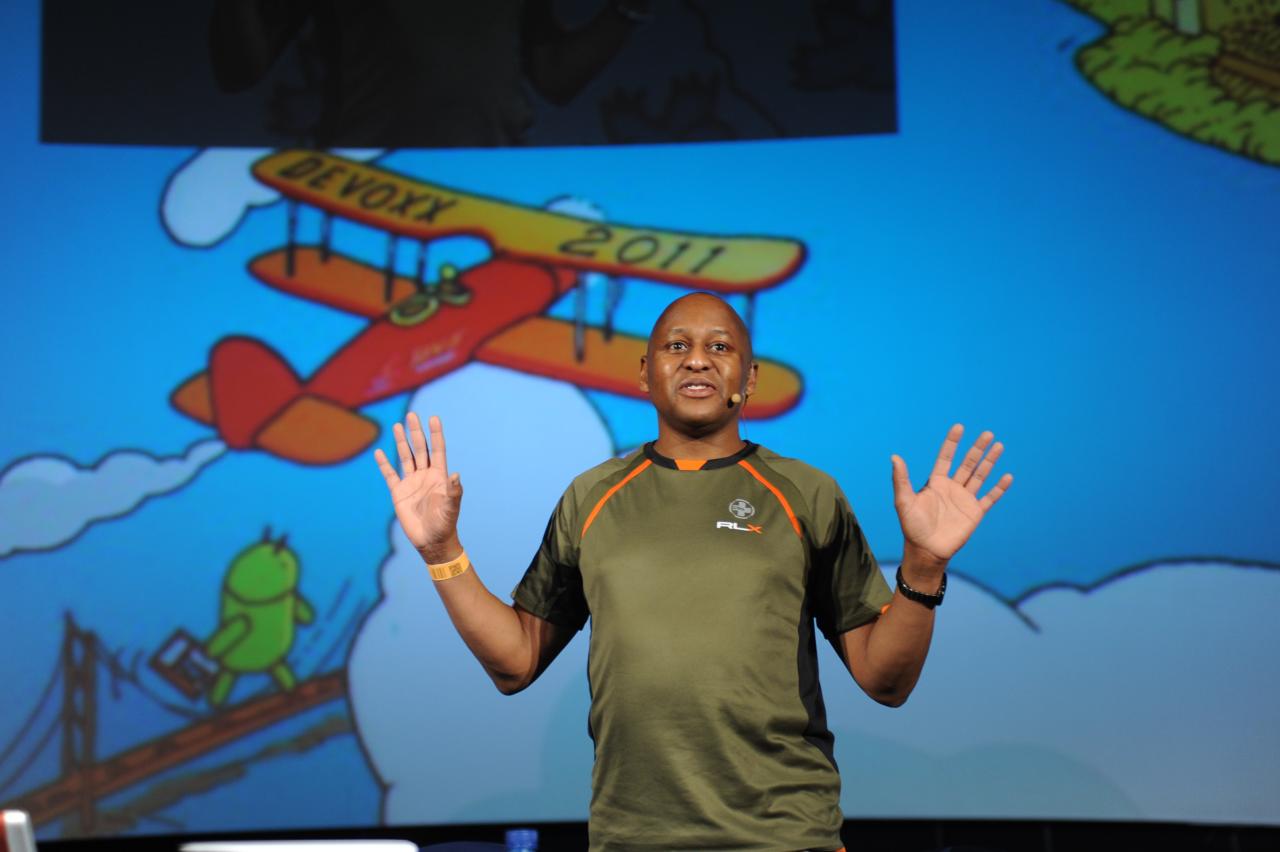My Digital Java EE 7 book is now published
08 October 2015 Comments off
Reading time:
4 minutes
Word count:
866
After so long, such a long time, I’m excited to announcement the availability of my second book Digital Java EE 7 Web Application Development. It is available from Packt Publishing.

Front cover of my book
These are the chapters and appendices:
- Chapter 1 Java EE 7 Platform for Digital
- Chapter 2 Java Server Faces Introduction
- Chapter 3 Building JSF Forms
- Chapter 4 JSF Validation & AJAX
- Chapter 5 Conversations and Journeys
- Chapter 6 Faces Flows with Finesse
- Chapter 7 Progressive JavaScript, Frameworks & Modules
- Chapter 8 AngularJS and Java RESTful Services
- Chapter 9 Java EE MVC Framework
- Appendix A – JSF with HTML5, Resources and Faces Flows
- Appendix B – From Request to Response
- Appendix C – Performance in Digital Teams
- Appendix D – Curated References
I took a different approach to writing with this second book that I learnt from my first book Java EE 7 Developer Handbook. Because I had been contracting and working in this digital field outside of the investment banking hub of the City of London and Canary Wharf, I was suddenly exposed to the world of propert e-commerce and the digital transformation of services. Rather than stay in silo looking at massaging records, numbers and prices into and out from a persistence database, I left financial services for good.
I was working in environments that were more about build fast, fail fast and the projects were for ordinary consumers like a Japanese car manufacturer who wanted a responsive web site portal. I was amazed to find myself working with excellent, passionate and inspired creative people, designers, including front-end developers who are expert in modern JavaScript frameworks and intelligently working with HTML5, CSS and smartly debugging content with the web browser inspector. My world view was turned upside down for over two to three years ever since the London Olympics.
In short, my experiences of digital transformation had a deep effect on the way this second book was going to be written. My other ulterior motive was that I ran out of trees and pages to include essential web development stuff into the Handbook. The third reason was that I was once the founder of a London Java user group, which had the name Java Web User Group (JAVAWUG). As you can see I had every reason to have a second go at writing, especially beyond the normal run-of-mill technical writing production: here is a stripped down Java technical example of a class and this is only the part engineers should be or are interested in. In the age of digital delivery service, collaboration, lean, responding to constant change, and fast pace change that attitude for a Java engineer was never going survive for the long term.
JavaServer Faces (JSF) is still preferred web application framework by many a corporate institution and therefore knowledge about constructing page-by-page navigation is requisite, even if it is not JSF, is the nature of the professional day. I start from introduction of JSF and then gradually build up to sprinkling magic dust of AJAX with and without REST for dynamic content. Before you can add finesse to any sort of digital application, you need to learn the basics from first principle. JSF is very important for the Java EE platform as it is a component oriented framework. Ironically, I am glad the damn book took longer to write, because I just got in on time a dedicated chapter to the very next kid on the block: the up and coming Java EE 8 MVC specification.
The big bad wolf for many server side Java developers is a fear of learning and having anything to do with JavaScript the programming language. Yet, it is the preferred front-end language of your team mate, colleague or remote worker that you work with, talk to, listen to, chat over IRS or Slack, and therefore collaborate with, every single working day. Why would you think that his or her efforts are not worth any respect or care for your time? I make the case for learning basic JavaScript and it’s pseudo object oriented form. I dearly hope that I manage to persuade some of the hard-core hold-out Java engineers. There is also a quick-fire complete chapter about single page applications using AngularJS client and also implementing the services through JAX-RS.
I thought carefully about the practicality of the examples and they reflect some of my experiences in professional projects, especially in and around the GOV.UK and other e-commerce organisation. A lot of the trails will be applicable to retail clients and other specialist companies. I hope readers take the pleasure in reading the book as I have had expounding the Java EE 7 know-how. With this book, I even included exercises for students that I did not ever consider, regretfully at the time, for the first book.
Stay tuned for further announcements and please follow me on Twitter.
*PP*
PS: I am presenting at JavaOne 2015 on a topic from my new book.
PS PS: Who designed the front cover graphics for this book Digital Java EE 7? Me. I did it! I designed my own front cover as well as write the text. One day, I will tell you about it.


